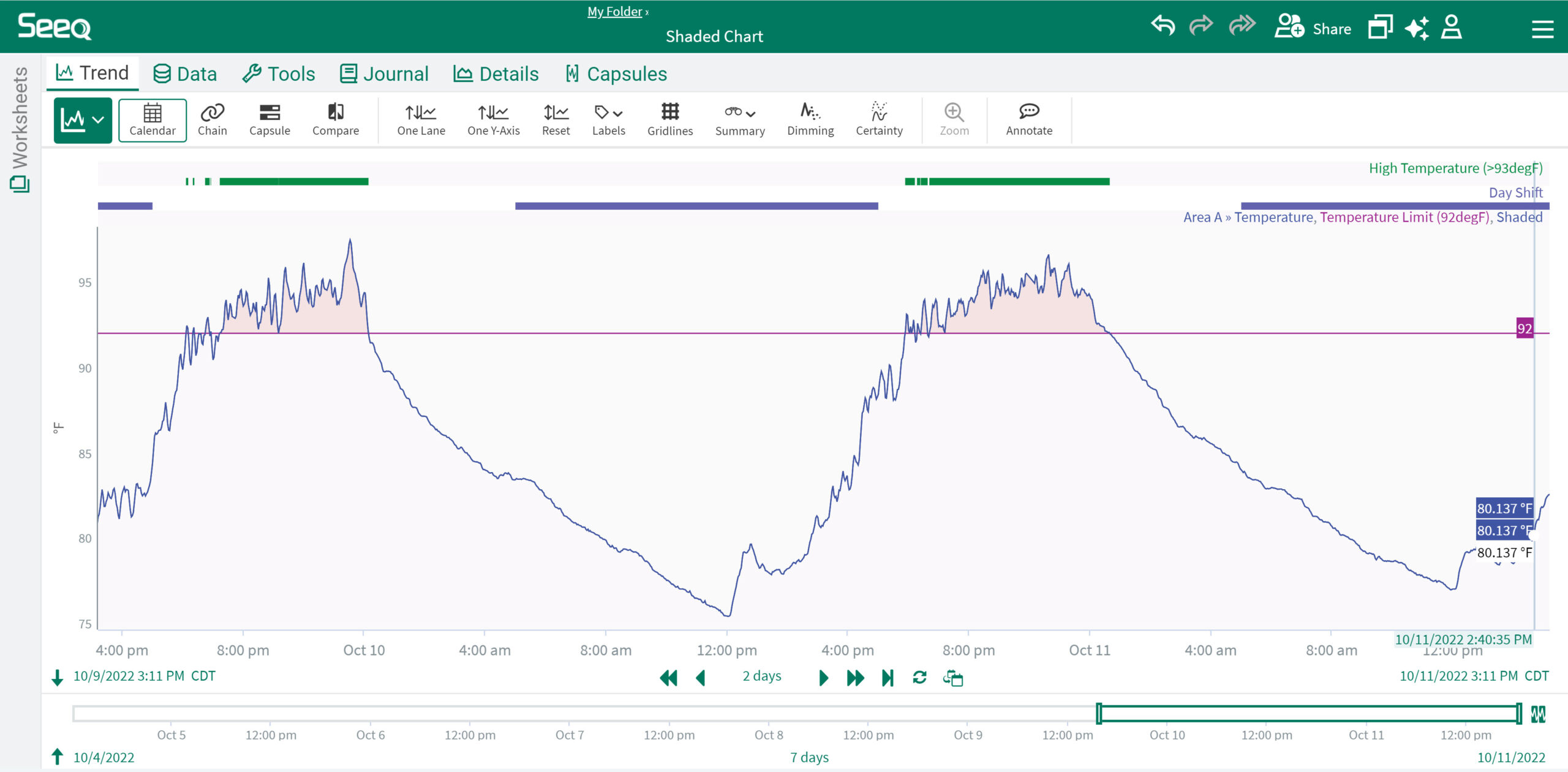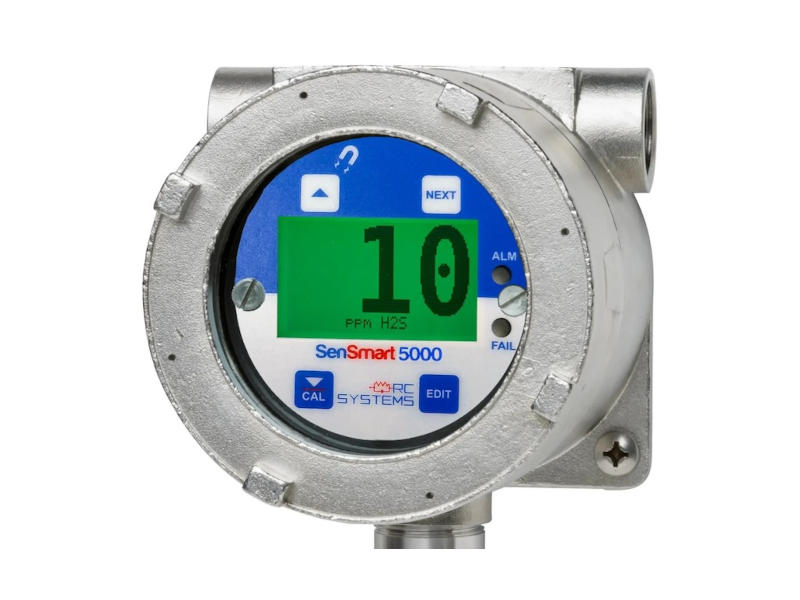Building an enterprise data warehouse can offer many benefits for food and beverage manufacturers and their construction partners

Business intelligence (BI) and data analytics empower and enable organizations to quickly make fact-based decisions that improve the efficiency and effectiveness of their operations. Building an enterprise data warehouse can offer many benefits for food and beverage manufacturers and their construction partners, including improved safety, budget certainty, warranty tracking and knowledge management.
Successful BI and analytics strategies are only possible when the database where information is stored is properly maintained. If any member of a team inputs incorrect or incomplete data, there will be inaccurate results, which could end up costing a facility money and time.
3 keys to successfully building an enterprise data warehouse
Several years ago, Stellar embarked on the journey to build an enterprise data warehouse to sharpen the firm’s competitive edge in food and beverage construction. Our data engineers have learned a significant amount through trial and error.
Drawing on their years of experience, they share three key takeaways for developing a robust data warehouse that will help a facility generate powerful and actionable insights:
1. Gaining company-wide buy-in
It’s crucial to have business buy-in from the C-suite to the plant floor. In 2021, Stellar formed the Operational Excellence Committee to bring departments across the company together for this purpose.
The goal is to educate employees on how thorough data collection can yield answers to complicated industry questions over time and optimize processes without adding to their team’s workload.
If employees at every level understand the benefits they can individually reap from complex data analysis, they are more likely to dedicate time to inputting information correctly.
2. Establishing a standardized process
Once the infrastructure for your data warehouse is ready for use, it’s important to establish a standardized process for inputting project or business information into the system.
Organizations that do not have an enterprise data warehouse will have a different process for intaking information in each department. However, when data is collected into a single system for all business units to use, any discrepancy can impact the accuracy of the results another department is seeking.
Stellar’s Operational Excellence Committee includes representatives from across the company’s various departments who meet to determine what data they want to measure and record and how to best develop processes to meet their goals.
3. Data cleansing
Historical data is information collected about past events or incidents in a specific subject. The long-term goal of building an enterprise data warehouse is to analyze historical data across the business to gain insights that will give designers, engineers and project managers an edge in future projects.
Standardizing information makes it useful down the line by ensuring it does not become “dirty data,” which happens when information cannot be used in a meaningful way because it is incomplete, incorrect or inconsistent.
Having a dedicated team of data engineers who can concentrate efforts on “cleansing” or “scrubbing” your project data will save you headaches in the long run and guarantee your comparative analytics are always accurate. These engineers can also serve as valuable resources for crafting strong queries to answer complex questions.
Gaining competitive advantage through complex data analytics
Data analytics are the way of the future no matter what industry you work in. Building a robust data warehouse allows food industry manufacturers and construction firms to get granular and reduce the amount of effort required to make calculations, find out historical cost and safety information, and track project progression.
Easy access to accurate and detailed information can also improve communication because project managers have a better understanding of where every piece stands throughout a project and can more easily share data-driven information with facility owners. However, analytics and business intelligence are only as good as the data entered into the database. That is why it’s essential to strategically align your company’s needs, goals and objectives with how employees across the organization will be collecting and leveraging data.
– This originally appeared on Stellar’s Food for Thought Blog. Stellar is a CFE Media and Technology content partner.



